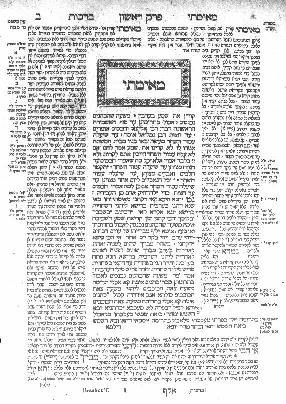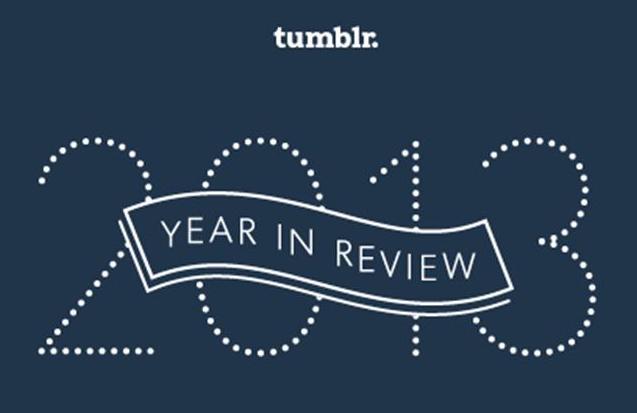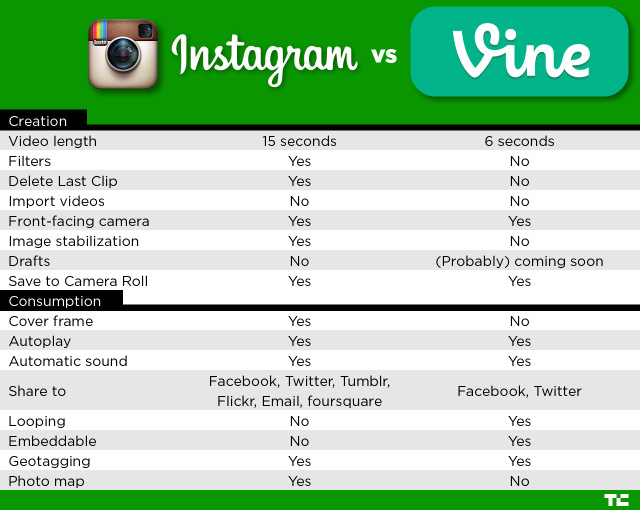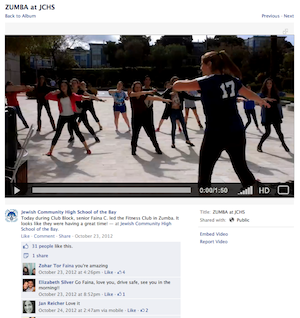 Given the power of online videos, we inaugurated LBTV Action News as a vehicle for telling the school’s story. In 60 to 90 second installments, students did standup spot “news reports,” on selected events and subjects. It was effective in terms of growing our social media reach. Parents are our main audience on Facebook – which is our main social medium — and they love seeing children doing the presenting as well as being the subjects of a video. It lent an additional appeal, as opposed to watching the expected administrator or teacher talking head tell about the school. And they were eager to share the Facebook postings, as well. Some of our most shared and far-reaching videos on Facebook were LBTV Action News items.
Given the power of online videos, we inaugurated LBTV Action News as a vehicle for telling the school’s story. In 60 to 90 second installments, students did standup spot “news reports,” on selected events and subjects. It was effective in terms of growing our social media reach. Parents are our main audience on Facebook – which is our main social medium — and they love seeing children doing the presenting as well as being the subjects of a video. It lent an additional appeal, as opposed to watching the expected administrator or teacher talking head tell about the school. And they were eager to share the Facebook postings, as well. Some of our most shared and far-reaching videos on Facebook were LBTV Action News items.
It is a win-win: not only does this provide a framework for packaging video items, but it’s a worthwhile learning experience for the students, who gain amateur TV reporter experience. One Grade 8 student even mentioned in her reflection at graduation ceremony that being an LBTV Action News reporter was one of the highlights of her year.
My background as a radio news reporter came in handy in developing a few basic guidelines for the students: how to prepare an intro, segue to an interviewee and how and what to ask, and summing up in an extro/sign off. They learned the proper way to stand, hold a mic, and to think in terms of their audience of Internet viewers watching a small frame video screen.
The Middle School teachers selected a news team; I called upon those students in turn when a newsworthy event came up. It was interesting to observe the qualitative growth of each reporter over time.
Some of the highlighted news reports included coverage of Toronto’s Jewish day school Debate Tournament, hosted at our school; coverage of the Jewish day school Cross Country Meet; Talent Shows; and innovative programs that engaged parent and grandparent participation in the curriculum.
Videos of course go far in opening the walls of the school for parents to witness the “magic” of what goes on in school between drop off and pick up. But adding this TV news “packaging” allows for student involvement and a ready-made format.
David Bale is the Director of Communications at The Leo Baeck Day School.
The Jewish Day School Social Media Academy is an intensive program designed to help Jewish Day Schools advance their strategic use of social media in areas such as communication, marketing, community building, alumni relations and development. The 2013-14 nationwide cohort of 15 schools was generously supported by The AVI CHAI Foundation. Each of the schools will be sharing insights from their experience through blog posts here with the tag #jdsacademy
Complete the Social Media Self Assessment for your school at http://www.dayschoolacademy.org/assessment

 I love talking about blogging because it ties in so well with Jewish sensibilities about content and conversation. The Talmud was, arguably, the first blog – a conversation that takes place across time and space, bringing in many voices, contradictory opinions, and preserving it all. Even the format speaks to this. If you’ve ever looked at a page of Talmud (and not gotten completely intimidated, as I usually do), the main content is at the center, the comments in chronological order reverberating out from there. Folks comment on the main idea, then comment on the comments, then comment on the comments’ comments… Ah, Judaism, the ultimate obsessive-compulsive book club.
I love talking about blogging because it ties in so well with Jewish sensibilities about content and conversation. The Talmud was, arguably, the first blog – a conversation that takes place across time and space, bringing in many voices, contradictory opinions, and preserving it all. Even the format speaks to this. If you’ve ever looked at a page of Talmud (and not gotten completely intimidated, as I usually do), the main content is at the center, the comments in chronological order reverberating out from there. Folks comment on the main idea, then comment on the comments, then comment on the comments’ comments… Ah, Judaism, the ultimate obsessive-compulsive book club.



